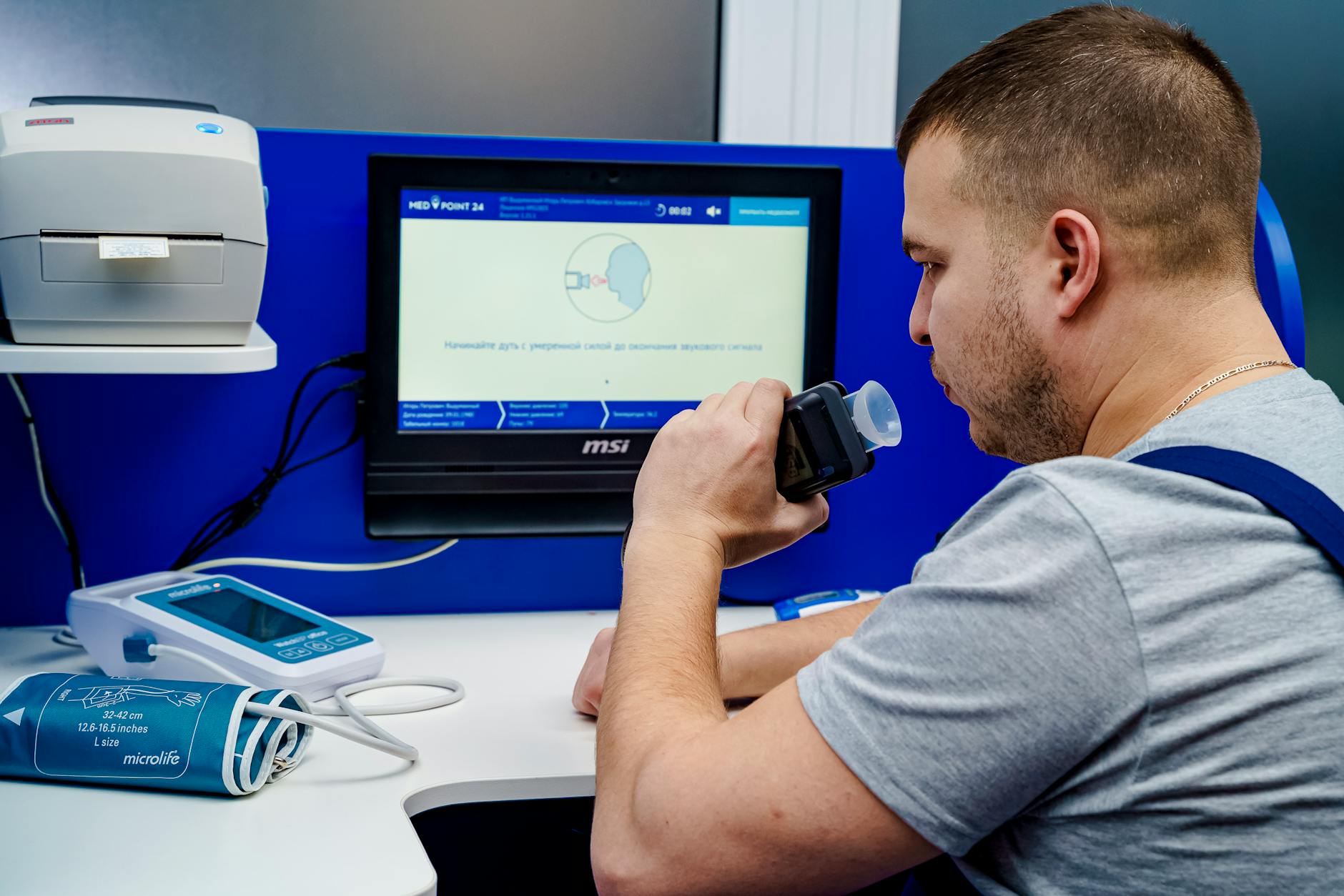Uncover the mystery of alcohol metabolism and discover the science behind how many beers it truly takes to get drunk.

Image courtesy of MedPoint 24 via Pexels
Table of Contents
Alcohol, a popular social lubricant, raises one intriguing question: how many beers does it take to get drunk? Many factors come into play when determining alcohol intoxication levels, necessitating a deeper dive into the science behind alcohol metabolism. By understanding the mechanisms at play, individuals can make informed decisions about their alcohol consumption and prioritize responsible drinking habits.
The Science Behind Alcohol Metabolism
alcohol metabolism is a complex process involving the breakdown of ethanol by enzymes in the liver. When alcohol is consumed, it is quickly absorbed into the bloodstream and circulated throughout the body. The liver works to metabolize alcohol at a consistent rate, regardless of how much alcohol is consumed. This process typically involves breaking down alcohol into acetaldehyde, a toxic byproduct, which is further converted into harmless acetic acid and eventually excreted from the body.
Factors such as body weight, metabolism, and hydration can significantly impact alcohol metabolism and the rate at which an individual becomes intoxicated. Individuals with higher body weight and muscle mass tend to metabolize alcohol more efficiently than those with lower body weight. Additionally, a faster metabolism can lead to quicker alcohol breakdown and reduced intoxication levels.
Individual Tolerance Levels
individual tolerance levels to alcohol vary widely among different people. Genetics, age, overall health, and previous alcohol consumption habits all play a role in determining an individual’s tolerance to alcohol. Some individuals may possess genetic variations that affect how their bodies process alcohol, leading to heightened or reduced intoxication levels.
The concept of a “standard drink” is used to measure alcohol consumption and its effects across different individuals. A standard drink typically contains about 14 grams of pure alcohol, which is equivalent to a 12-ounce beer, a 5-ounce glass of wine, or a 1.5-ounce shot of distilled spirits. Understanding the standard drink measurement can help individuals gauge their alcohol intake and make more informed choices about their drinking habits.
Factors Influencing Intoxication
Various factors can influence how quickly someone becomes intoxicated when consuming alcohol. The alcohol content of the beverage, rate of consumption, and food intake all play a role in determining intoxication levels. Beverages with higher alcohol content, such as spirits and some craft beers, can lead to faster intoxication compared to lower-alcohol options.
The rate at which alcohol is consumed can also impact intoxication levels. Rapid consumption of multiple drinks in a short period can overwhelm the body’s ability to metabolize alcohol, leading to increased intoxication levels and potential harm. Eating a meal before or during alcohol consumption can help slow the absorption of alcohol into the bloodstream and reduce the likelihood of becoming intoxicated quickly.
Responsible drinking is essential to ensure the safety and well-being of individuals consuming alcohol. Understanding the science behind alcohol metabolism, individual tolerance levels, and factors influencing intoxication can help individuals make informed decisions about their alcohol consumption habits. By knowing one’s limits and prioritizing moderate drinking, individuals can enjoy alcohol responsibly and minimize the risk of negative consequences associated with excessive alcohol consumption.
Ultimately, the question of how many beers it takes to get drunk is a nuanced one that depends on a variety of factors. By staying informed and aware of the science behind alcohol intoxication, individuals can navigate their relationship with alcohol in a safe and responsible manner.
FAQ
How does alcohol metabolism differ among individuals?
Alcohol metabolism varies based on factors like body weight, metabolism, and genetics. Individuals with higher body weight and muscle mass tend to metabolize alcohol more efficiently, impacting their intoxication levels.
What is a standard drink, and why is it important to understand?
A standard drink contains about 14 grams of pure alcohol and helps individuals gauge their alcohol intake. Understanding the standard drink measurement aids in making informed choices about drinking habits.
How do different types of alcoholic beverages affect intoxication levels?
Alcoholic beverages with higher alcohol content, like spirits and craft beers, can lead to faster intoxication. The rate of consumption and food intake also influence how quickly someone becomes intoxicated when consuming alcohol.
Why is responsible drinking important?
Responsible drinking ensures safety and well-being. By understanding alcohol metabolism, tolerance levels, and factors influencing intoxication, individuals can make informed decisions about their alcohol consumption, leading to a safer and more enjoyable drinking experience.
Generated by Texta.ai Blog Automation
Leave a Reply